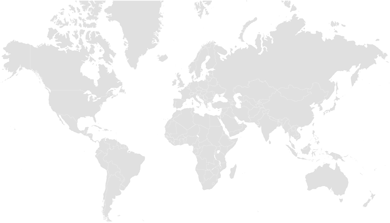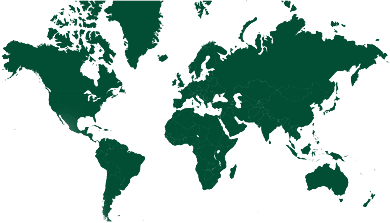Framework
2018 • Toilet Board Coalition The sanitation economy in agriculture
This document presents the concept of the Circular Sanitation Economy in agriculture, highlighting opportunities to transform sanitation from a cost burden into a valuable resource stream. It outlines the economic, environmental, and social benefits of sanitation resource recovery, such as nutrient recycling, energy production, and improved health outcomes. The guide introduces a toolbox for evaluating circular sanitation systems and includes a case study from the Hathikuli Tea Plantation in Assam, India. It targets agricultural businesses, policymakers, and sustainability practitioners interested in integrating sanitation into agricultural value chains.
Recovered Materials & Products
Energy
Nutrients
Water
Waste Streams
Faecal sludge
Wastewater
Urine
Confirmed countries
Germany


What is this tool intended for?
This tool is designed to help agricultural businesses and policymakers integrate sanitation resource recovery into farming operations. It demonstrates how sanitation systems can generate valuable byproducts like fertilizers, biogas, and clean water, offering economic, environmental, and social benefits.
How does this tool work?
The document outlines a toolbox with methods for assessing the feasibility of sanitation resource recovery systems. Tools include the Toilet Resource Calculator, Quantification of Resource Streams, and the Feasibility Choice Matrix. The guide combines technical, economic, and social assessments to support decision-making in agricultural contexts. A case study at the Hathikuli Tea Plantation illustrates practical application.
Who might use this tool and with which types of stakeholders?
- Agricultural Businesses: To integrate resource recovery into plantation operations.
- Sustainability Practitioners: To promote environmentally friendly agricultural practices.
- NGOs and Development Agencies: To improve rural sanitation infrastructure.
What stages of a process can this tool support?
In a planning stage to identify opportunities for resource recovery, and evaluating the suitability of different options.
Where can this tool be used?
The tool is applicable in agricultural settings worldwide, particularly where improving sanitation infrastructure can lead to economic and environmental benefits.
Case examples of where this tool has been used
Hathikuli Tea Plantation, Assam, India: A feasibility study showed how circular sanitation systems could improve health, reduce costs, and generate valuable byproducts like biogas and compost. The assessment demonstrated economic viability but also highlighted potential social challenges related to sanitation reuse.
Technologies
Themes
Assessment
Business models